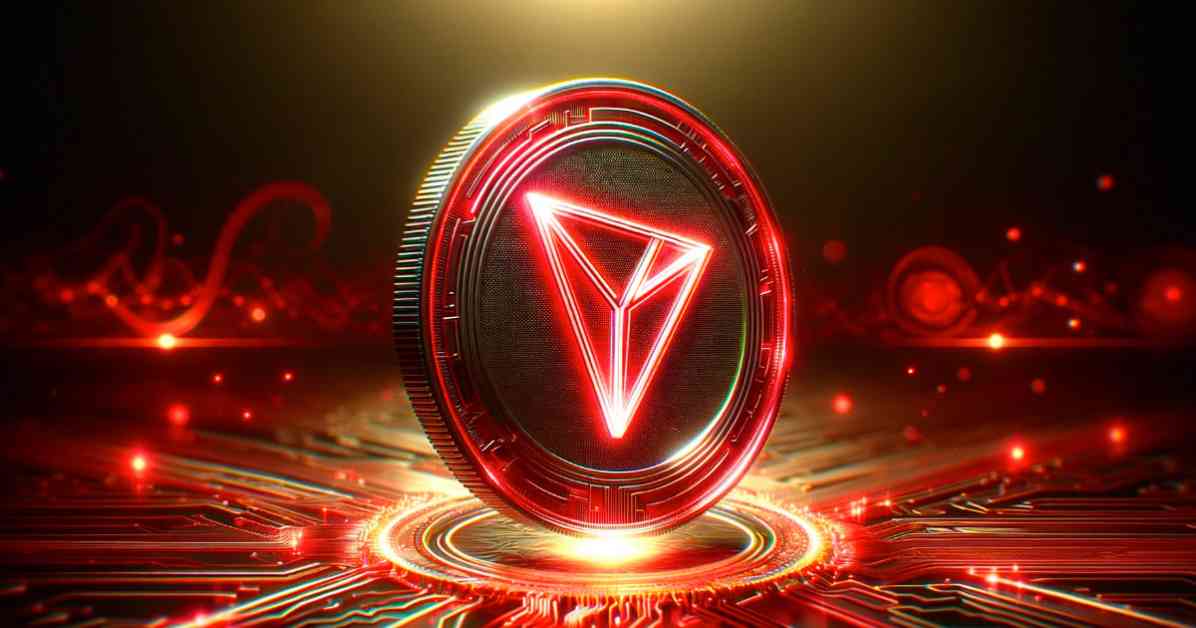Tron founder Justin Sun recently announced plans to develop gasless stablecoin transfers by the fourth quarter of 2024. This new mechanism would allow the cost of the transfer to be covered by the stablecoins themselves, eliminating the need for users to pay gas tokens.
Sun revealed that the feature will first be implemented on the Tron blockchain, with future support planned for Ethereum and all Ethereum Virtual Machine (EVM) compatible networks. This development could potentially increase the mass adoption of stablecoins, making it easier for large companies to deploy stablecoin services on the blockchain.
Artemis, a blockchain analytics firm, reported that Tron has been experiencing significant growth in stablecoin metrics, with the circulating supply reaching an all-time high of $60 billion. The network has also seen a surge in P2P stablecoin transfers, surpassing the activity on Ethereum.
The introduction of gasless stablecoin transfers on Tron could position the network as a strong competitor to other stablecoin providers, such as PayPal’s PYUSD and Circle’s USD Coin (USDC). While PayPal allows U.S.-based users to transfer stablecoins across borders for free, Circle’s USDC transfers are gasless on their Ethereum layer 2 blockchain.
Additionally, Tron is exploring the development of a Bitcoin layer 2 network that would support a wrapped version of Tether, potentially attracting millions of dollars into the Bitcoin ecosystem. Sun’s announcement follows the decision by Circle and Binance to discontinue support for USDC on the Tron network.
Overall, the implementation of gasless stablecoin transfers on Tron could revolutionize the way stablecoins are transferred and pave the way for increased blockchain mass adoption. This innovation has the potential to streamline payment processes and make stablecoin services more accessible to a wider audience.














